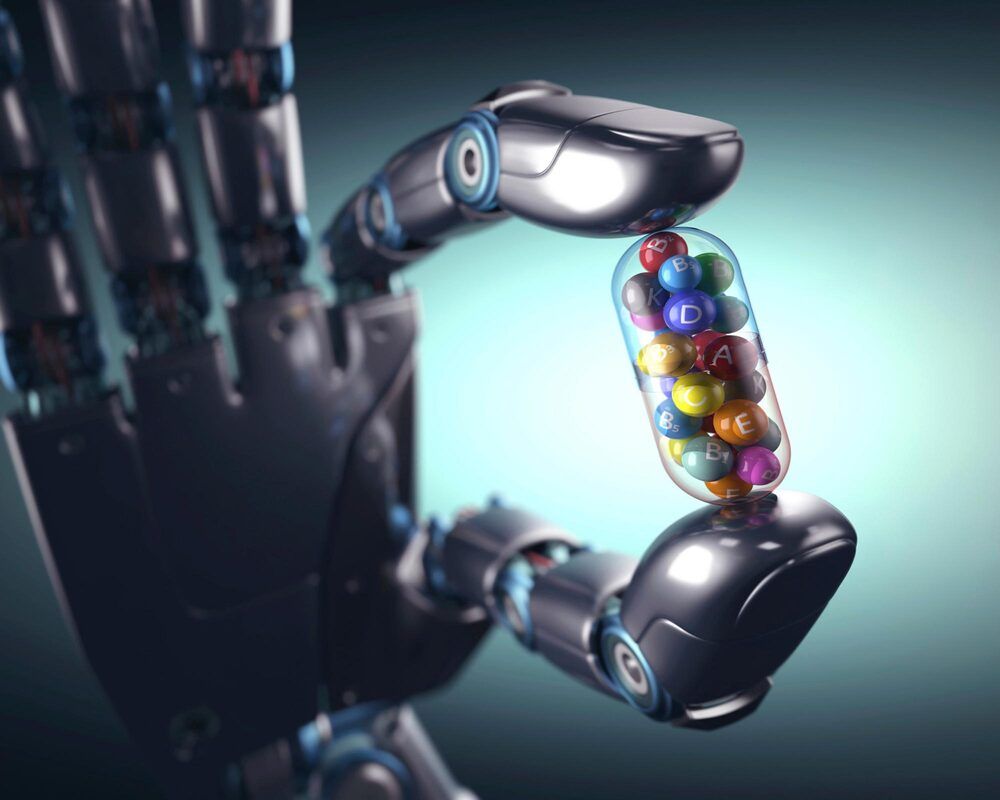A new wave of startups are using deep learning to build synthetic voice actors for digital assistants, video-game characters, and corporate videos.
Get the latest international news and world events from around the world.

Origin of Information –“Was Like an Extraterrestrial Invasion”
Great Discoveries Channel
Dating AI Robots, with Elon Musk & Boston Dynamics
A Dangerous AI and Robot Dance, with Elon Musk, Tom Scott & Pissbot (aka Boston Dynamics’ Spot).
We’re new to youtube, so comments and subs are really helpful.
Tom Scott’s video about grocery store robots: https://youtu.be/ssZ_8cqfBlE
Michael Reeves teaches Boston Dynamics’ robot dog spot to pee beer: https://youtu.be/tqsy9Wtr1qE
Microscopic robots, Itai Cohen, Cornell University: https://youtu.be/Wl6uw8dRrPA
Robot chair dance, Mattias Lindström (Swebounce): https://youtu.be/m7NxnPbOZFE


Harvard-MIT Quantum Computing Breakthrough – “We Are Entering a Completely New Part of the Quantum World”
Team develops simulator with 256 qubits, largest of its kind ever created.
A team of physicists from the Harvard-MIT Center for Ultracold Atoms and other universities has developed a special type of quantum computer known as a programmable quantum simulator capable of operating with 256 quantum bits, or “qubits.”
The system marks a major step toward building large-scale quantum machines that could be used to shed light on a host of complex quantum processes and eventually help bring about real-world breakthroughs in material science, communication technologies, finance, and many other fields, overcoming research hurdles that are beyond the capabilities of even the fastest supercomputers today. Qubits are the fundamental building blocks on which quantum computers run and the source of their massive processing power.

Harnessing AI to Discover New Drugs: Rewriting the Rulebook for Pharmaceutical Research
Artificial intelligence (AI) is able to recognize the biological activity of natural products in a targeted manner, as researchers at ETH Zurich have demonstrated. Moreover, AI helps to find molecules that have the same effect as a natural substance but are easier to manufacture. This opens up huge possibilities for drug discovery, which also has potential to rewrite the rulebook for pharmaceutical research.
Nature has a vast store of medicinal substances. “Over 50 percent of all drugs today are inspired by nature,” says Gisbert Schneider, Professor of Computer-Assisted Drug Design at ETH Zurich. Nevertheless, he is convinced that we have tapped only a fraction of the potential of natural products. Together with his team, he has successfully demonstrated how artificial intelligence (AI) methods can be used in a targeted manner to find new pharmaceutical applications for natural products. Furthermore, AI methods are capable of helping to find alternatives to these compounds that have the same effect but are much easier and therefore cheaper to manufacture.
And so the ETH researchers are paving the way for an important medical advance: we currently have only about 4000 basically different medicines in total. In contrast, estimates of the number of human proteins reach up to 400000, each of which could be a target for a drug. There are good reasons for Schneider’s focus on nature in the search for new pharmaceutical agents. “Most natural products are by definition potential active ingredients that have been selected via evolutionary mechanisms,” he says.



Can we explain dark matter
Dark matter could be even weirder than anyone thought, say cosmologists who are suggesting this mysterious substance that accounts for more than 80% of the universe’s mass could interact with itself.
“We live in an ocean of dark matter, yet we know very little about what it could be,” Flip Tanedo, an assistant professor of physics and astronomy at the University of California Riverside, said in a statement.